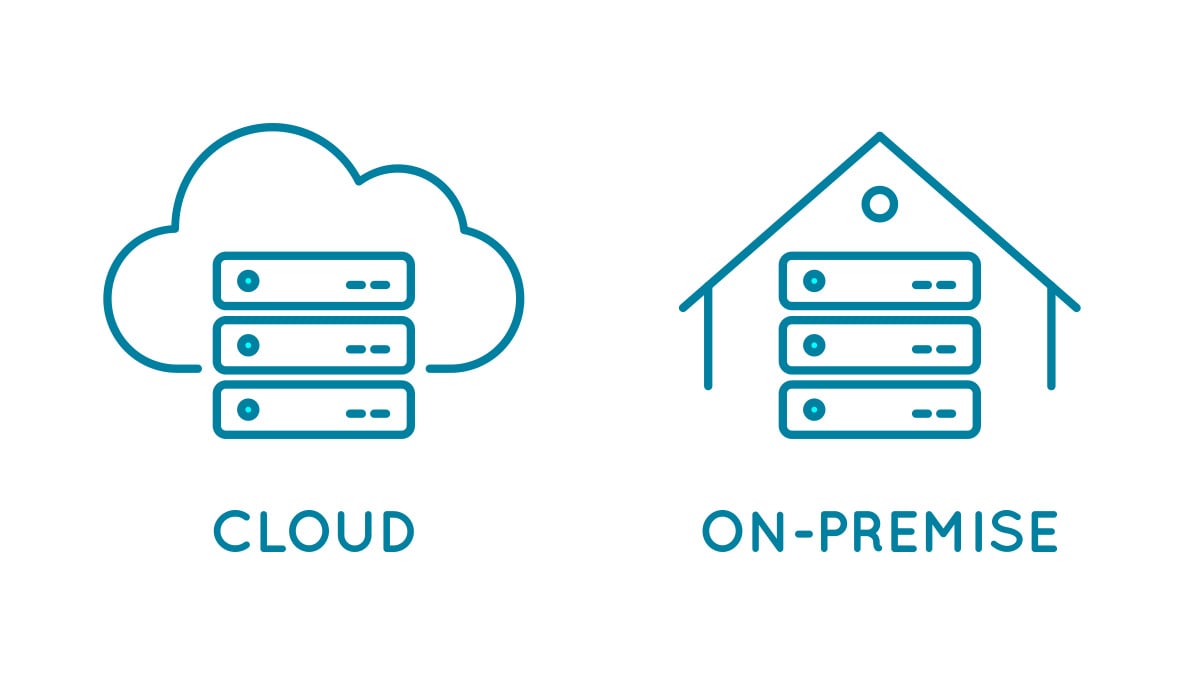
Since an increasing number of daily activities for work, school, pleasure, and more can involve the storage of digital data, it is more important than ever to keep your data safe from cybercriminals’ prying eyes and hands. Given that there are two primary methods of keeping your data, namely cloud storage or physical storage options like external hard drives, you will ultimately have to determine which method best suits your security needs and comfort level. Learn more about the best ways to back up your data in 2022 and the best available products and services.
Digital data storage: Pros and Cons
One of the most obvious reasons for choosing digital data storage like cloud computing is that it is much easier to access data from a variety of locations, share files and documents with others, and allow for collaborative projects amongst distributed teams. Several file storage companies offer users both free and premium accounts that can effortlessly share files of varying sizes, however, free versions are generally sharply limited in terms of the amount of available storage. Although there are some levels of protection for digital data storage methods, including encryption, it is very important to note that such protections are entirely based on software. Unsecured data stored on cloud computing services can be left entirely to the mercy of cybercriminals. In addition, software updates can create new vulnerabilities wrongdoers can exploit.
Other potential issues include accidentally granting access to or otherwise sharing proprietary and confidential data with a cloud storage service, which can become a massive problem if a full-fledged data breach occurs. Once your data has been captured and put up for sale on the Dark Web, you will need to immediately take action to prevent additional files or even your own identity from being compromised. The final issue with the digital storage of data is the potentially prohibitive cost of buying larger amounts of storage space as well as increases in latency when trying to access a significant number of files leading to delays in internet traffic. Some cloud storage companies now offer “cold storage” for infrequently used data or less important files, which helps you save money overall while keeping your information off the regular servers.
Physical data storage: Pros and Cons
In terms of sheer security, physical data storage has several advantages over its digital counterparts, not the least of which is the fact that by placing your data in a physical medium, your data cannot be compromised through digital methods. Given that it is impossible to hack the digital protections of something with no ability to access the internet, physical storage is perhaps the best way of ensuring that sensitive data cannot be accidentally shared or accessed by anyone but the intended recipients. There are several different formats of physical data storage, including external hard drives, flash drives, and SD or Micro SD cards, all of which come in a variety of sizes and price points. They also include additional security features like requiring the use of an authentication app or physically inputting a PIN.
While there is only one significant downside to storing your data physically, it is one that cannot be overlooked. The simple fact is that if your device breaks or is exposed to strong levels of electromagnetic energy, it is rendered effectively useless. You should also note that data stored on physical media can take much longer to search through and access than digitally stored data.
Hot storage versus cold storage of data
To understand which type of data storage is best for you, it is necessary to distinguish between the storage types and how they might impact your final decision.
Hot storage of data is generally best used for any files that are part of your company’s everyday workflow, data that is undergoing dynamic modifications, or data that users are regularly querying. The speed of hot storage is usually much faster than cold storage, although accessing it through multiple networks can cause considerable lag time in accessing files.
Cold data storage is best employed for important data that does not need to be accessed regularly, such as data that cannot be used because it is part of a legal investigation, data kept for purposes of demonstrating compliance, and data held for archival purposes. Also referred to as dormant data, the process of retrieving data kept in cold storage can involve anywhere from several minutes to hours and hours of waiting. Depending on the particular cold storage method, you may have to physically connect hard drives to your PC and manually search for the data in question.
Is digital or physical data storage the best method?
Generally speaking, unless you need to access a large amount of data on a daily basis, physical data storage methods provide a better and more affordable option. Two of the best external hard drive brands include SecureUSB and SecureDrive, which offer additional forms of security like PINs and mobile apps to prevent unauthorized access. Other enhanced security features include automatically wiping data after ten or more attempts to hack the drive and Read-Only Mode to prevent any data from being changed without your permission. If you are looking for a free or relatively inexpensive means of storing or sharing files digitally, there are several excellent services, including Dropbox, Google Drive, CertainSafe, and Microsoft OneDrive that offer both free and affordable single-user accounts.








